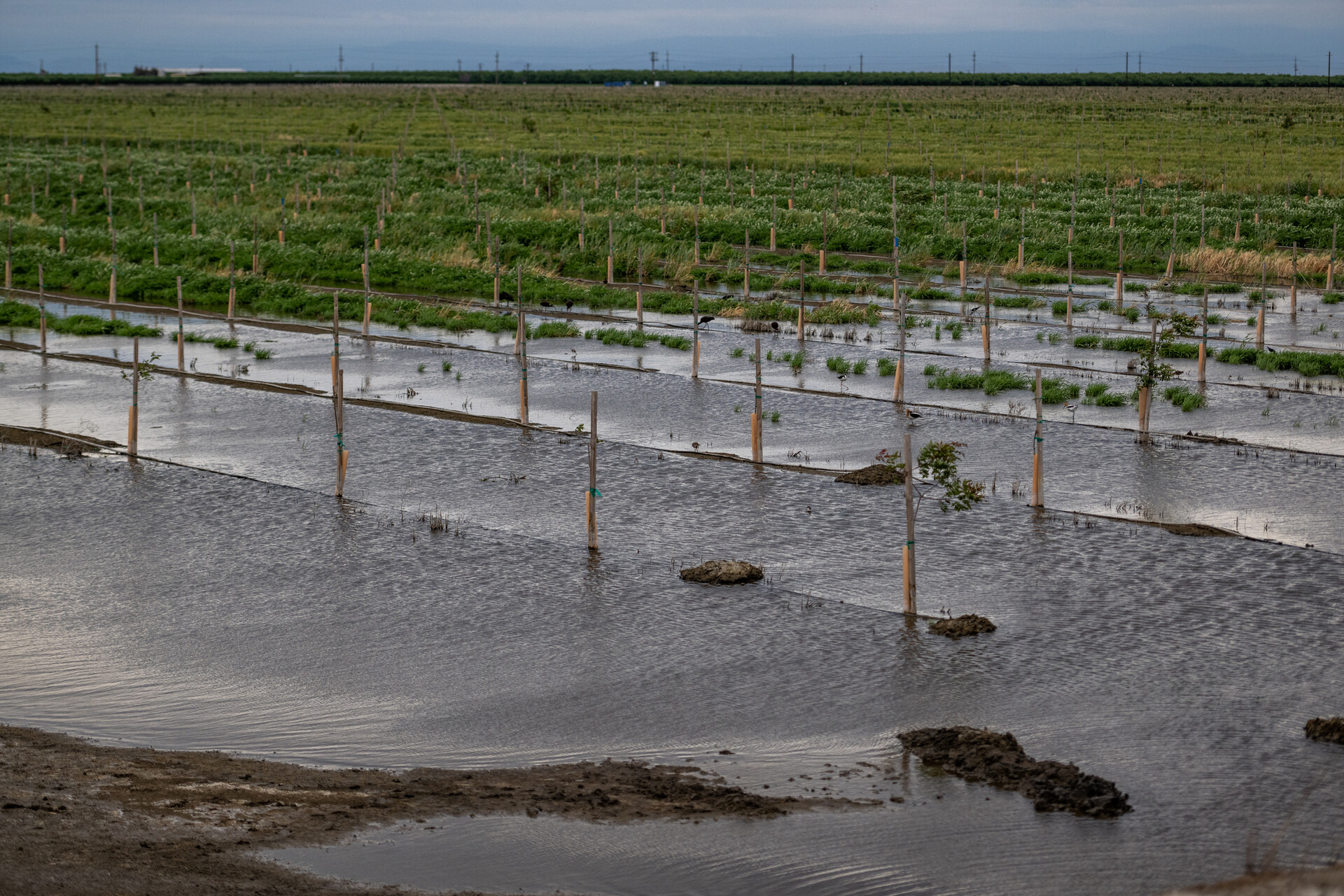To counter that, in 2020 Newsom allocated $75 million to disaster relief for undocumented Californians affected by COVID but who were ineligible for federal aid programs.
Hurtado said some of her constituents already were discouraged by long delays in other forms of promised financial assistance.
For instance, she said, it’s rare to find a farmworker who didn’t wait in long lines earlier this year to receive a $600 check or debit card from the U.S. Department of Agriculture’s Farm and Food Workers Relief Grant Program, for having worked in frontline agricultural or food industry jobs in 2020.
Some who waited never received the funds, she said, while others were targeted by scammers who posed as farmworker organization employees charging fees to “process” the $600 relief payments.
Who gets flood help
People who live or work in Kings County — which encompasses the town of Corcoran and a large swath of the floodwaters filling the resurgent Tulare Lake — still do not qualify for individual assistance from FEMA, regardless of undocumented status. Neither the county nor the state applied for Kings County to receive that assistance.
Kings County got approval only for FEMA’s public assistance program, which reimburses local and state government agencies for such expenses as emergency response, debris removal and restoration of damaged public facilities and infrastructure. But it doesn’t provide options for individuals. This means Kings County residents will not qualify for the state’s program either.

However, qualifying families and individuals living in other flooded counties, such as Kern, Tulare, Madera and Monterey, can apply for FEMA help to repair damaged homes or property. Because the White House declared major disasters in several California counties, those residents also can seek help from state and federal disaster assistance centers.
Preliminary numbers from FEMA show many who thought they qualified for emergency assistance didn’t initially get it. As of May 30, FEMA approved for assistance:
- about 43% of Californians who applied due to the December and January storms.
- that includes 39% of applicants in Merced County, where the unincorporated community of Planada flooded in January.
- 40% of those who applied after the February and March storms.
- including 35% of applicants in Santa Cruz and Monterey counties, including Alejo’s district and the town of Watsonville.
- plus a little more than 47% of applicants in Kern County and 53% of applicants in Tulare County, in Hurtado’s district.
Pending legislation
Funds for the state’s program — called the Storm Assistance for Immigrants Project — will be available through May 31, 2024, or until all funds are exhausted. Assistance will be provided on a first-come, first-served basis and applicants can only seek help from the nonprofit organization assigned to their county or area.
State officials also urged storm victims — including those unsure about their eligibility — to seek guidance in the state’s disaster resource guide (PDF) for immigrants on the social services department’s website. It says households with at least one member with legal status can qualify for federal aid.
